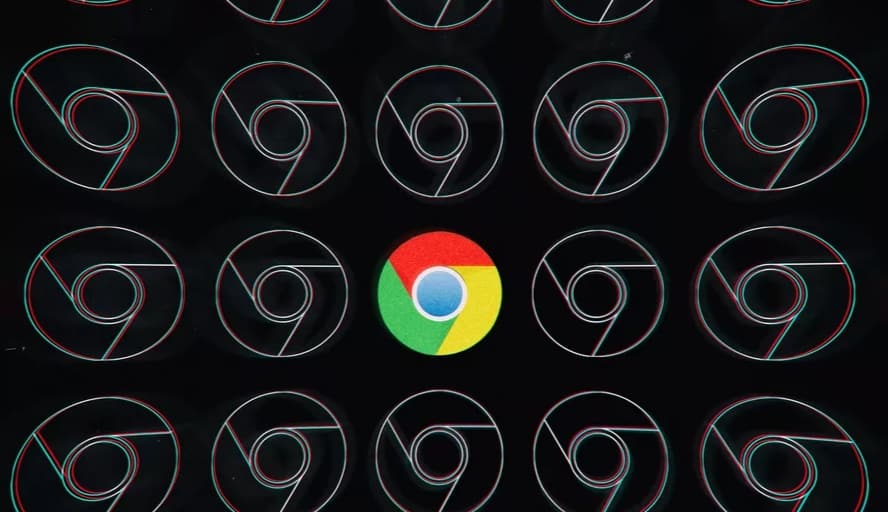
Google started rolling out a new version of Chrome last month that further addresses autoplay videos. The latest update, version 66, includes autoplay video changes that stop Chrome from automatically playing videos if the sound is on by default. Google is gradually rolling these changes out in a personalized way, so that Chrome learns user preferences of which sites should and should not be blocked. This should prevent audio randomly blasting out of your speakers when visiting a new site, but Google’s changes mean if you’ve clicked and played videos on a site in the past it will remember that preference in the future. YouTube will continue to autoplay with sound, for example, if you’ve previously interacted and played a video at the site.
If you’ve just started using Chrome and have no browsing history, the browser will autoplay videos on more than 1,000 popular sites where visitors typically play sound on videos. “As you browse the web, that list changes as Chrome learns and enables autoplay on sites where you play media with sound during most of your visits, and disables it on sites where you don’t,” explains Google product manager John Pallett. “As you teach Chrome, you may find that you need to click ‘play’ every now and then, but overall the new policy blocks about half of unwanted autoplays, so you will have fewer surprises and less unwanted noise when you first arrive at a website.”
Google’s latest updates follow changes to Chrome 64 to allow anyone to mute an entire site, instead of the previous temporary “mute tab” feature. Google is now testing further Chrome updates specifically targeted towards Windows 10 users. Native Windows 10 notifications support is on the way, alongside full support for precision trackpads (including swipe gestures). It’s not clear when these new Windows-focused features will arrive, but Google is currently testing them both in the company’s Canary developer versions of Chrome.
